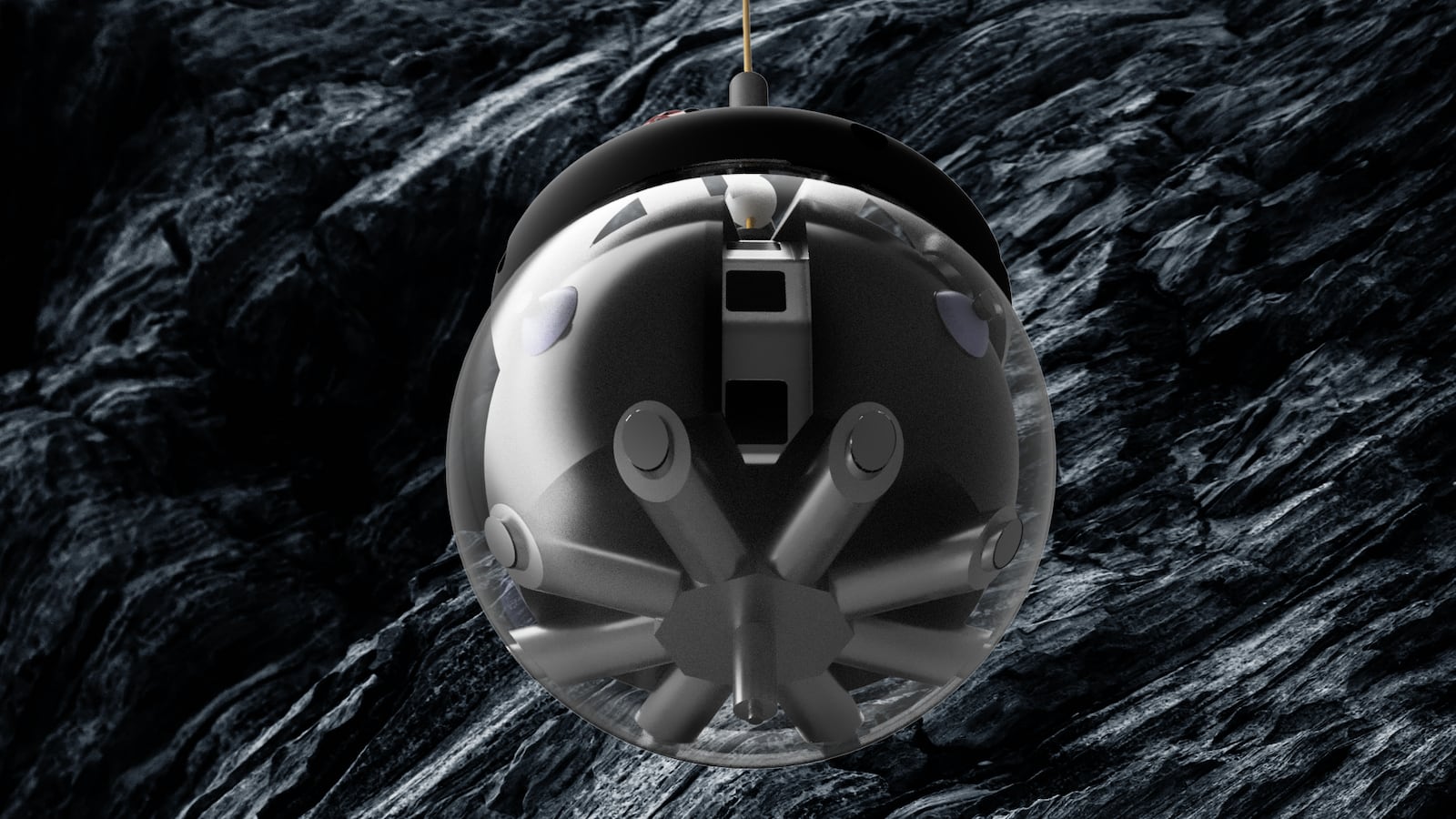Spelunking is finally going out of this world. Once we send astronauts back to the moon this decade, there will be an enormous interest to explore lunar caverns and uncover the mysteries they bear. But it’s also paramount we make these journeys safe for any human brave enough to plunge into these deep, dark depths.
Thanks to satellite imagery, scientists intimately know where every nook and cranny on the moon’s surface is located. Our understanding of the interiority of those spaces is much murkier. What we do know is that there are “pits” or “skylights” that lead to ancient lava tubes leftover from when the moon used to boast volcanic activity billions of years ago. It’s believed these lava tubes may form a vast lattice of caverns and tunnels unexplored by previous space missions.
To uncover these subterranean tunnels, the European Space Agency may have just the tools: deploy two robots named RoboCrane and DAEDALUS. If greenlighted, the combination of these two bots could help comprise the first extraterrestrial spelunking mission in history.
The mission proposal calls for ESA to have a lunar rover carry RoboCrane and DAEDALUS to a lunar pit. RoboCrane would drop the nearly 2-foot-wide spherical DAEDALUS into a skylight. The little bot would journey alone through the moon’s tunnels and caves armed with the best technology fit for a space explorer: a stereoscopic camera, a laser radar for 3D interior mapping, temperature and radiation sensors, and extendible arms to move rocks out of its way and test moon rock properties.
On its way down, DAEDALUS would set about mapping the interior of the cave and identifying notable features (and threats) that are worth keeping an eye on.
“A view into the interior of a lunar cave would be true exploration—it would reveal unexpected scientific information," said Francesco Sauro, cave scientist and planetary lava tube expert with the ESA, in a press release.
If ESA turns this concept into a reality, RoboCrane and DAEDALUS could launch as early as 2033, with plans to study the Marius Hills pit for about two weeks (roughly one entire day on the moon). But the exact strategy of the mission would still need to be sussed out and defined in more detail during the coming years.
This exploration initiative isn’t just going to help us understand the moon—we could use the technology to gather information important to future Martian missions as well. Constant radiation at the Red Planet’s surface doesn’t make it safe for humans to live. But, like the moon, Mars may have lava tubes in a low-lying basin near the equator called Hellas Planitia. Scientists say that may offer a perfect hideout for humans to take shelter, if we ever do manage to trek to that neck of the galactic woods.
But before thinking seriously about life in Martian caves, we’ll need to hone our extraterrestrial spelunking skills on the moon and verify we know what we’re doing.







